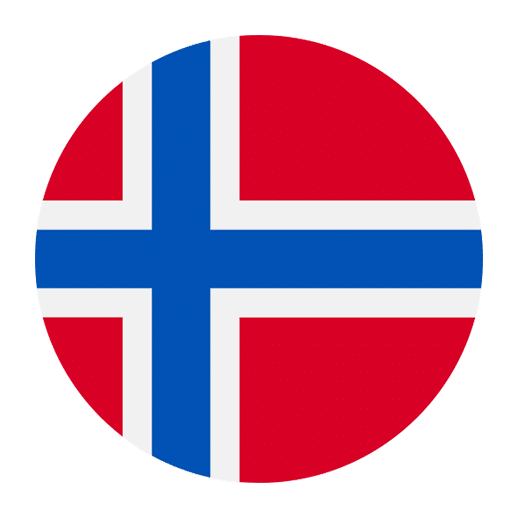Language learning can be a fascinating yet challenging journey, especially when it comes to distinguishing between words that look and sound similar but have entirely different meanings. This is particularly true for those learning Norwegian, a language with its own set of unique nuances and intricacies. One such pair of words that can easily confuse learners is “bok” and “bøk.” Despite their similar appearances, these words carry distinct meanings in Norwegian, and understanding the difference is crucial for effective communication.
Bok: The Book
Let’s start with the word “bok.” In Norwegian, “bok” means book. It is used in the same context as the English word, referring to a collection of written or printed pages bound together, typically covering a particular subject or telling a story.
For example:
– Jeg leser en interessant bok. (I am reading an interesting book.)
– Hun har skrevet en ny bok om matlaging. (She has written a new book about cooking.)
In Norwegian, the plural form of “bok” is “bøker,” which is similar to how the plural of “book” in English is “books.”
For instance:
– Jeg har mange bøker i bokhyllen min. (I have many books on my bookshelf.)
Common Phrases with “Bok”
The word “bok” is also used in various common phrases and idioms in Norwegian. Here are a few examples:
– Å slå opp i en bok: To look something up in a book.
– En åpen bok: An open book, meaning someone who is very transparent or easy to read.
– Bokorm: Bookworm, someone who loves reading.
Bøk: The Beech Tree
On the other hand, “bøk” refers to the beech tree. The beech tree is a type of deciduous tree commonly found in Europe, including Norway. The word “bøk” is singular, and its plural form is “bøker,” which is the same as the plural form of “bok” (books). This can be especially confusing for learners, as context becomes essential for understanding the intended meaning.
For example:
– Skogen er full av bøk og eiketrær. (The forest is full of beech trees and oak trees.)
– Vi så mange gamle bøker i parken. (We saw many old beech trees in the park.)
Common Phrases with “Bøk”
While “bøk” is not used as frequently in idioms as “bok,” it still appears in certain contexts, particularly in discussions about nature and the environment. Here are a few examples:
– Bøkeskog: Beech forest, a forest primarily composed of beech trees.
– Bøkeblader: Beech leaves, the leaves of the beech tree.
Distinguishing Between Bok and Bøk
Given their similar spellings, telling “bok” and “bøk” apart can be tricky for Norwegian learners. However, there are several strategies you can use to master these words:
Context is Key
The most effective way to distinguish between “bok” and “bøk” is by paying close attention to the context in which the word is used. If the conversation or text is about literature, learning, or reading, it is likely that “bok” (book) is the correct term. Conversely, if the discussion revolves around nature, trees, or the environment, “bøk” (beech tree) is probably the right choice.
Pronunciation Matters
Another way to differentiate between these words is by their pronunciation. While they look similar in written form, they are pronounced differently in Norwegian. “Bok” is pronounced with a longer “o” sound, similar to the English word “book.” On the other hand, “bøk” has a shorter, more clipped “ø” sound, which is somewhat similar to the “e” in the English word “her.”
Practice Makes Perfect
As with any aspect of language learning, practice is crucial. Engage in reading and listening exercises that expose you to both words in various contexts. Over time, you will become more comfortable and confident in distinguishing between “bok” and “bøk.”
Conclusion
Learning to differentiate between “bok” (book) and “bøk” (beech tree) is an essential step for anyone studying Norwegian. By understanding their meanings, usage, and pronunciation, you can avoid common pitfalls and communicate more effectively. Remember to pay attention to context, listen carefully to pronunciation, and practice regularly. With these strategies, you’ll master these two words and continue to make strides in your Norwegian language journey.

